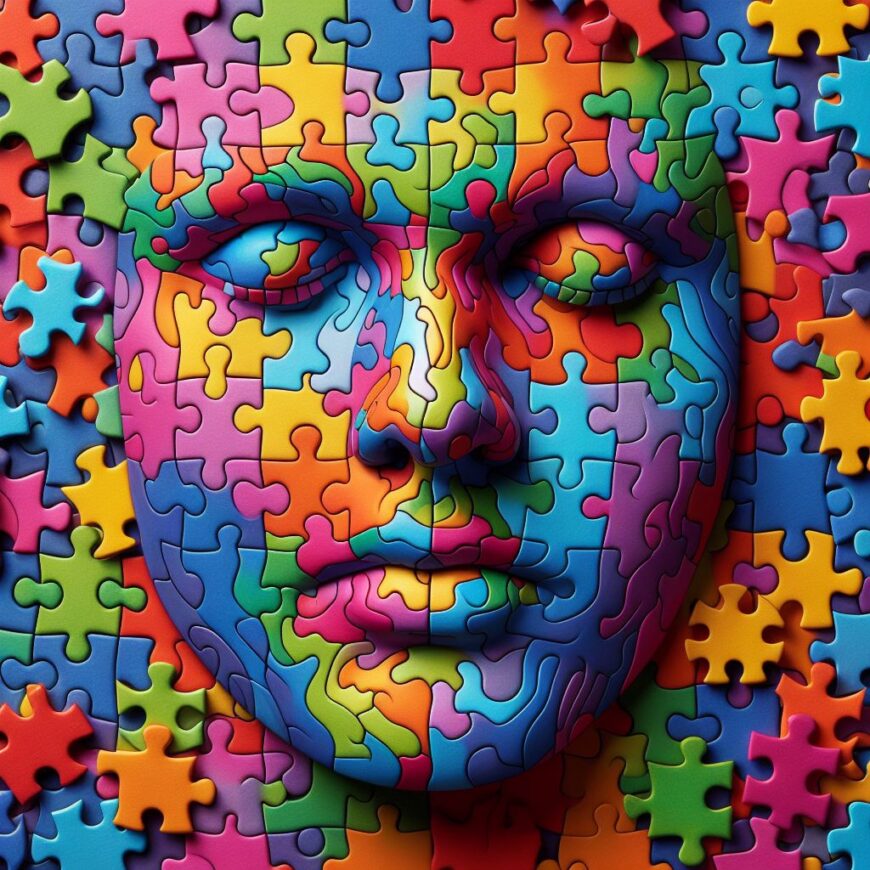1. Enhanced Mathematical Thinking:
- Why it Matters: Recognizing patterns is like deciphering a secret code in mathematics. It lays the groundwork for understanding number relationships, arithmetic operations, and algebraic concepts.
- Real Life Parallel: Just as deciphering patterns helps crack mathematical problems, understanding patterns in everyday life (like sequences in music or nature) enhances overall numerical fluency.
2. Improved Problem-Solving Skills:
- Why it Matters: Pattern recognition fosters analytical thinking. Children learn to identify regularities, predict outcomes, and devise strategies.
- Real Life Parallel: Solving puzzles, arranging objects, and predicting outcomes in games all rely on recognizing patterns. These skills extend to real-world problem-solving scenarios.
3. Stronger Memory and Recall:
- Why it Matters: Recognizing patterns aids memory. Children who notice patterns can remember information more effectively.
- Real Life Parallel: Remembering phone numbers, addresses, or sequences becomes easier with a solid foundation in pattern recognition. It’s like having a mental filing system.
4. Early Algebraic Thinking:
- Why it Matters: Pattern awareness is akin to early algebraic thinking. It involves observing mathematical features, identifying relationships, and solving for unknowns.
- Real Life Parallel: Just as algebraic equations follow patterns, understanding these patterns helps children solve real-world problems. It’s like decoding life’s equations.
5. Logical Reasoning and Sequencing:
- Why it Matters: Recognizing patterns helps children sequence events logically. It’s crucial for understanding cause-and-effect relationships.
- Real Life Parallel: Following recipes, understanding stories, and organizing tasks all involve recognizing and following patterns. It’s like connecting the dots of life.
6. Appreciation for Aesthetics:
- Why it Matters: Pattern recognition enhances aesthetic appreciation. Children notice symmetry, repetition, and beauty in art and design.
- Real Life Parallel: Recognizing patterns in art, architecture, and nature enriches their visual experiences. It’s like having an artistic lens on the world.
7. Early STEM Skills:
- Why it Matters: STEM fields rely on recognizing patterns. Early exposure builds a strong foundation for future science and engineering.
- Real Life Parallel: Identifying patterns in scientific data, coding, and designing experiments all stem from pattern awareness. It’s like laying the groundwork for scientific exploration.
8. Language Development:
- Why it Matters: Recognizing patterns aids language acquisition. Children notice patterns in speech, grammar, and storytelling.
- Real Life Parallel: Understanding language patterns helps children communicate effectively and appreciate literature. It’s like decoding the language of words.
9. Transferable Learning Skills:
- Why it Matters: Pattern recognition skills transfer to various subjects. Children become adaptable learners.
- Real Life Parallel: Just as recognizing patterns in music helps with math, cross-disciplinary connections enhance overall learning. It’s like weaving knowledge together.
10. Confidence and Independence:
- Why it Matters: Children who excel in pattern recognition gain confidence. They approach challenges with a problem-solving mindset.
- Real Life Parallel: Confidence in recognizing patterns empowers children to tackle new situations and explore the world around them. It’s like having a compass for life’s adventures .
Please take a look at: The Forgotten Milestone: A Coloring and Activity Book for Pattern Recognition

